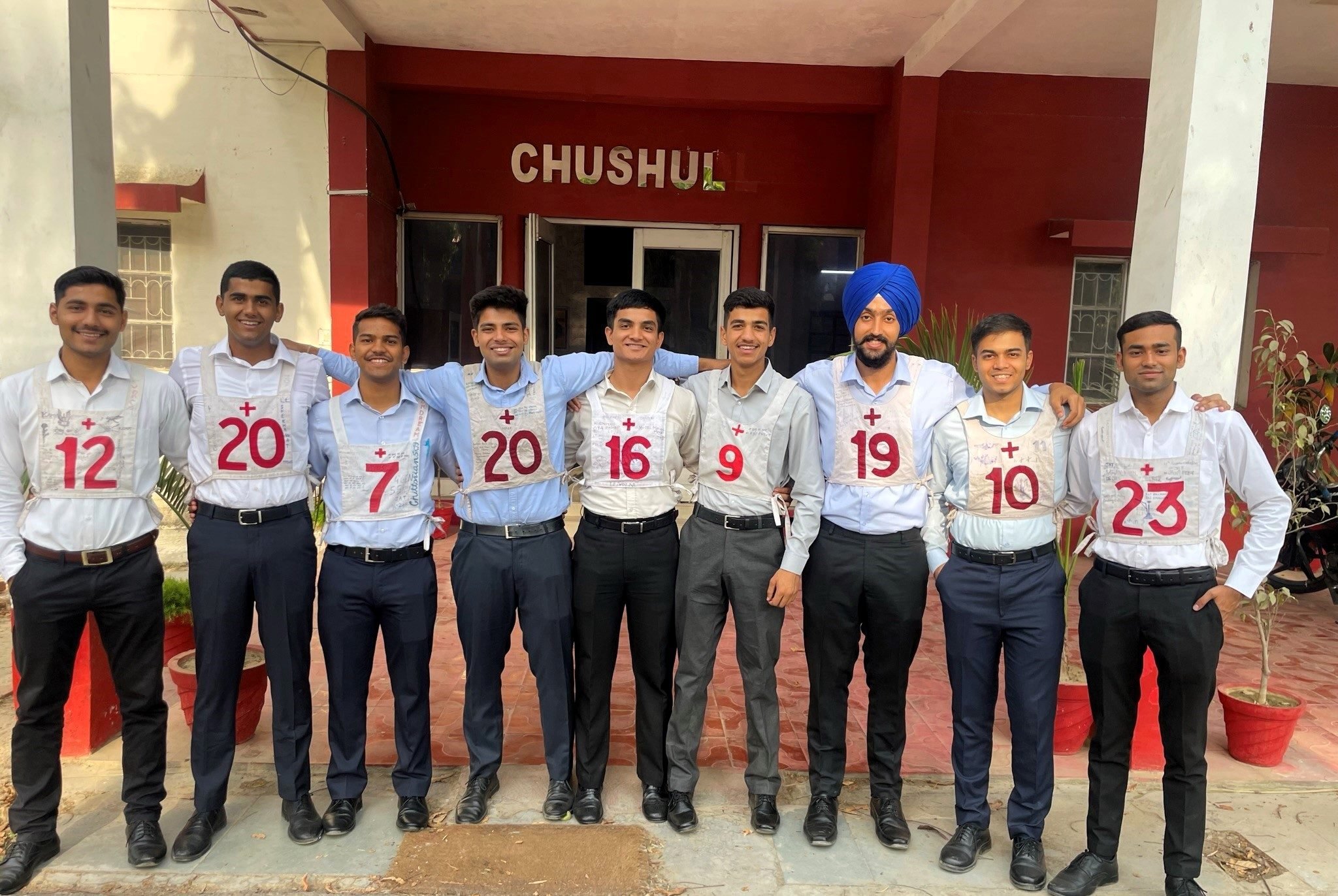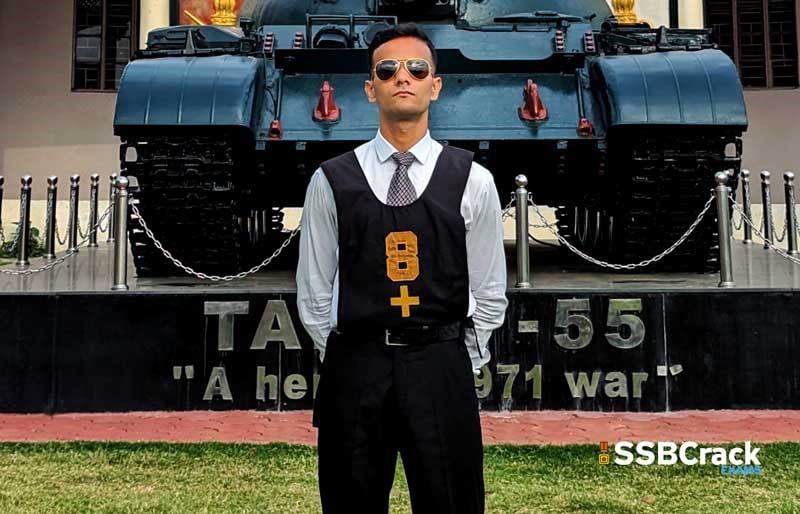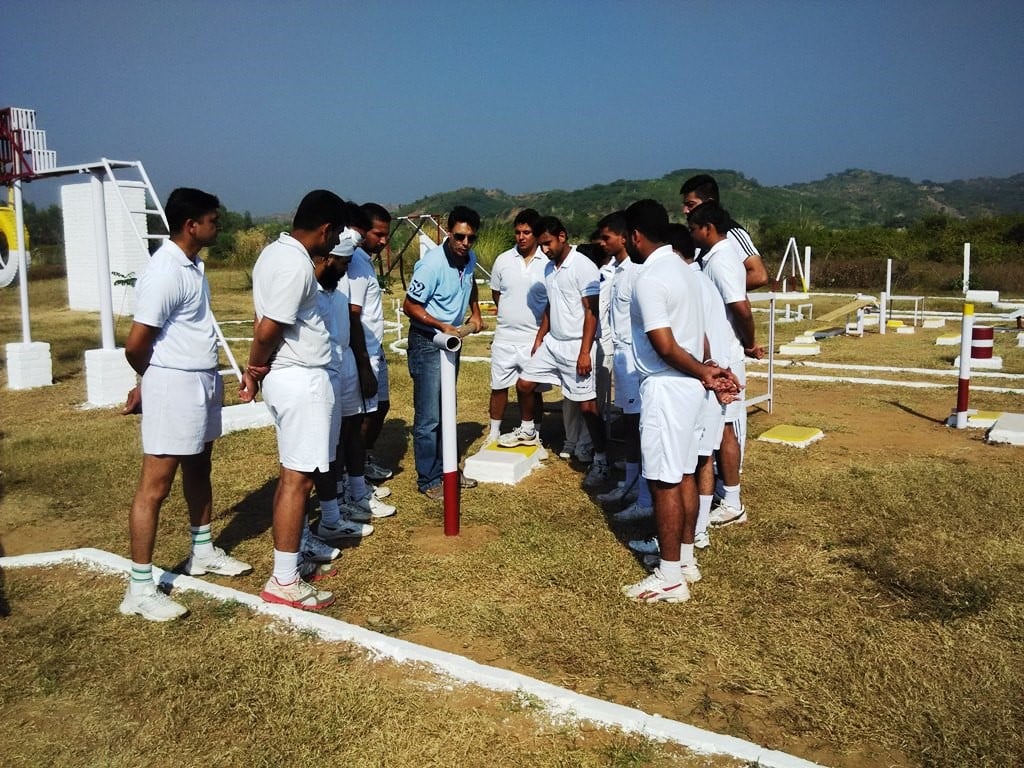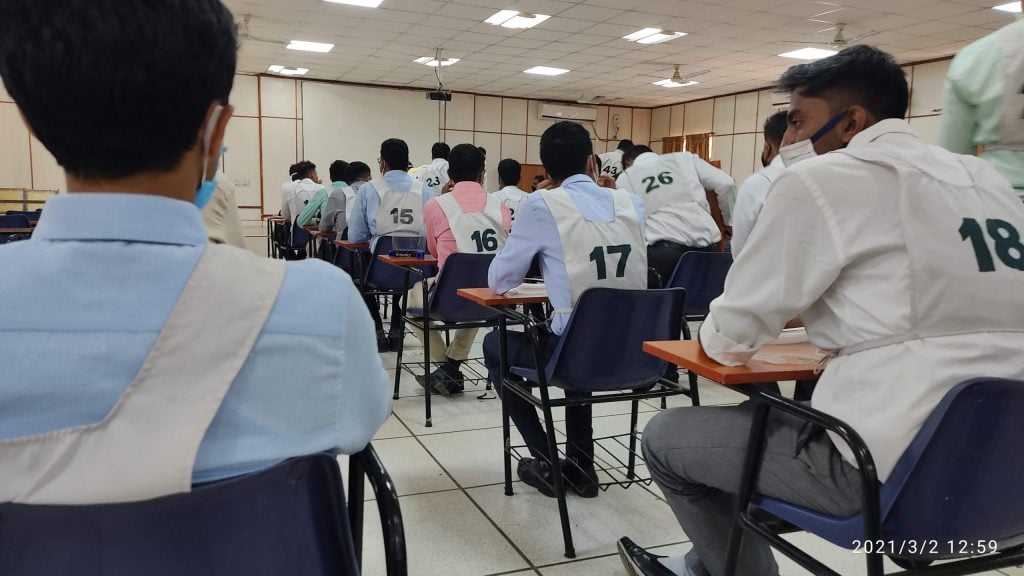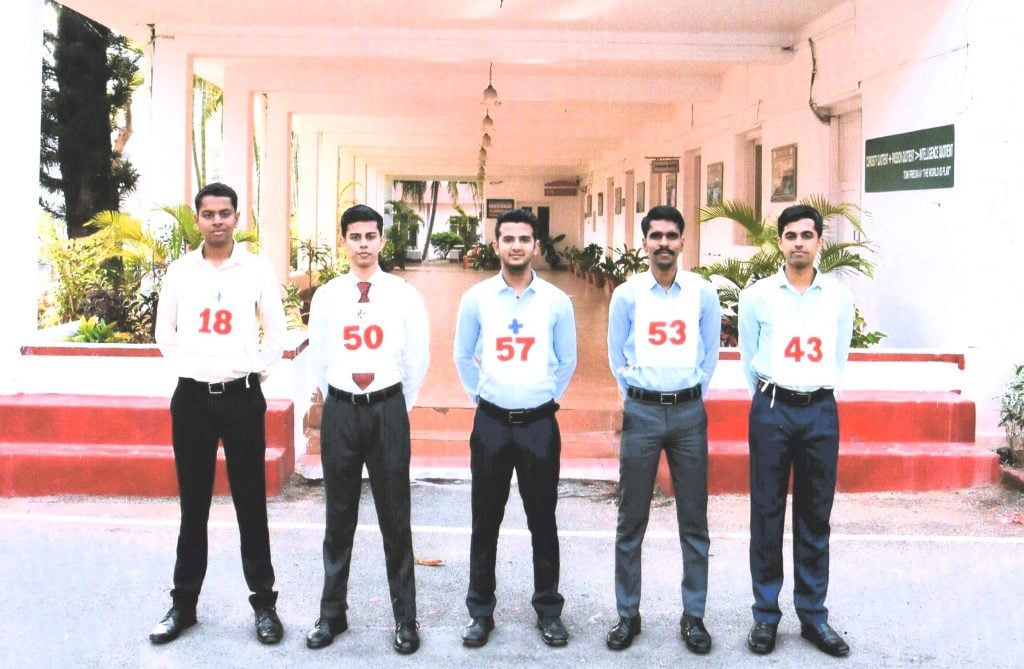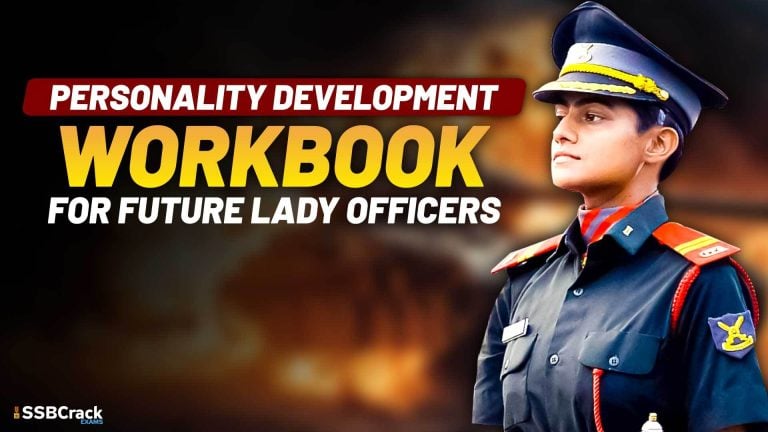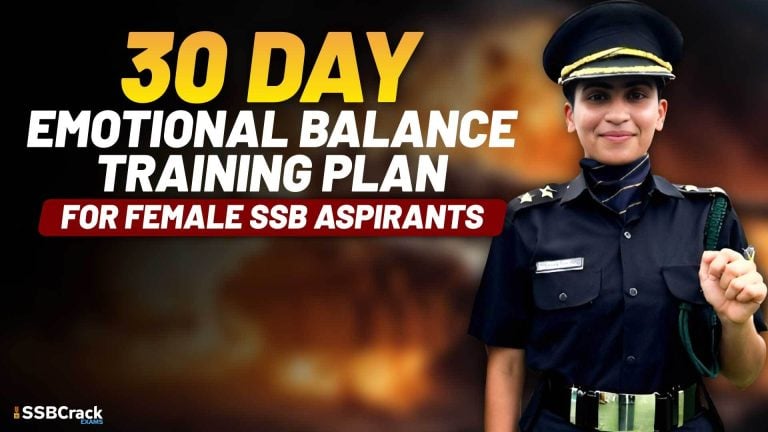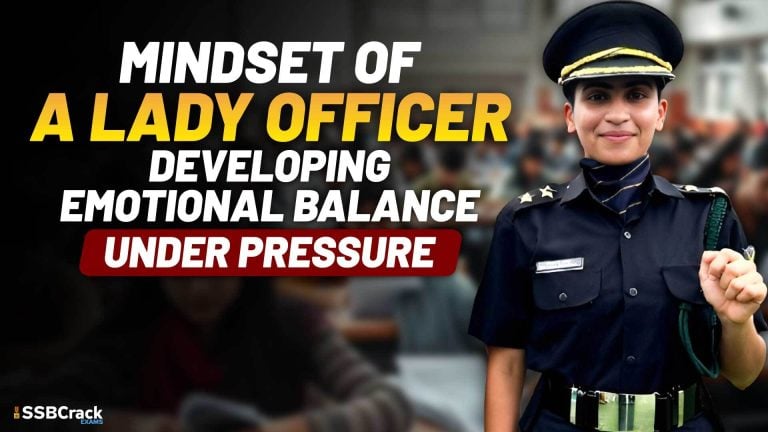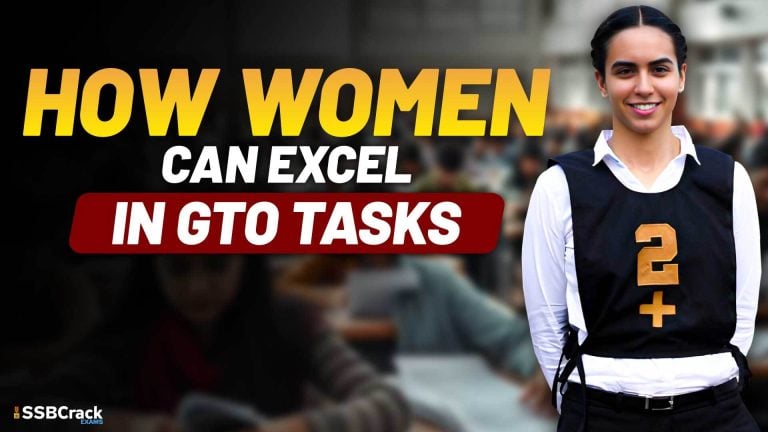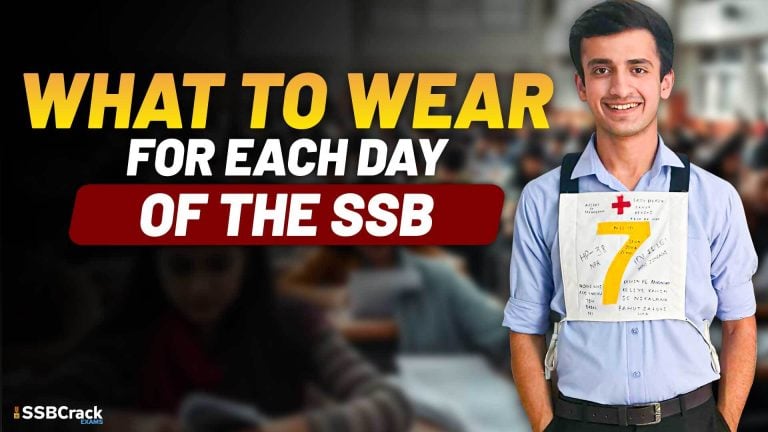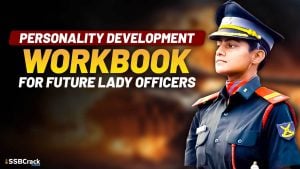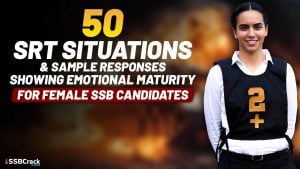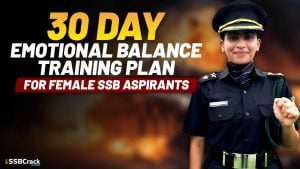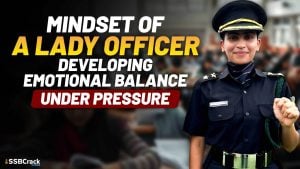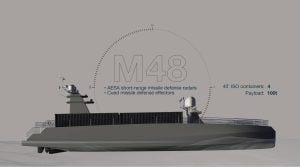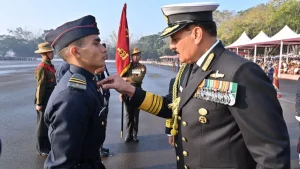Excelling at the SSB interview is a critical milestone for those aspiring to join the esteemed Armed Forces. While verbal communication is essential, your body language can often speak volumes about your confidence, poise, and suitability for a leadership role.
As a seasoned defense aspirant, you understand that the SSB selection process scrutinizes every aspect of your persona, including your non-verbal cues. By mastering the art of positive body language, you can project an aura of self-assurance and determination that can significantly boost your chances of success. This article delves into the Top 7 Body Language Tips for SSB Interview Confidence.
Why Today’s Youth Should Choose a Career in Indian Defence Forces
1. Standing Posture and Walking Manner
The way you carry yourself, from the moment you enter the interview room to the time you depart, conveys a powerful message about your personality. Maintain an upright, confident stance with your shoulders back and head held high. Avoid slouching or fidgeting, as these can be perceived as signs of insecurity or discomfort. When walking, adopt a purposeful, steady gait that exudes composure and control. Imagine yourself as a seasoned officer, commanding the space with each step. This “power stance” can help you feel more self-assured and project an image of authority.
2. Posture and Leg Movements
Your seated posture can significantly impact the interviewer’s perception of your engagement and interest. Lean slightly forward, with your torso angled towards the interviewer, to convey active listening and genuine curiosity. Keep your arms at your sides, rather than crossing them, as this can be interpreted as a defensive or closed-off stance. Additionally, pay attention to your leg positioning. Sitting with your legs uncrossed, or with your ankles crossed, can suggest openness and approachability. Avoid crossed legs, as this may indicate insecurity or discomfort.
3. Hand Gestures
Hand movements can be a powerful tool for emphasizing your points and conveying confidence. Avoid keeping your hands hidden, as this can suggest a lack of transparency or trust. Instead, use open, expressive gestures with your palms facing upwards or at a 45-degree angle. This communicates honesty and openness. When you’re certain about a particular point, use a downward-facing palm gesture to reinforce your conviction. Conversely, if you’re discussing a topic you’re particularly knowledgeable about, bring your hands together with fingers interlocked to convey expertise.
4 Barriers Keeping Women Out of India’s Special Forces
4. Facial and Eye Expressions
Your facial expressions and eye contact can significantly impact the interviewer’s perception of your emotional state and engagement. Maintain a neutral, composed expression that reflects professionalism and poise. Avoid exaggerated facial movements, as these can be interpreted as signs of nervousness or discomfort. Regarding eye contact, strike a balance between maintaining consistent eye contact and avoiding an unnerving, unwavering gaze. Periodically glancing away can appear natural and thoughtful, but be sure to re-establish eye contact to demonstrate active listening and sincerity.
5. Voice Modulation
The way you modulate your voice can have a profound effect on the interviewer’s impression of your confidence and communication skills. Speak with a calm, steady tone, avoiding both monotony and excessive volume fluctuations. Lowering your pitch slightly can convey a sense of authority and openness, while speaking too quickly may suggest nervousness. Carefully choose your words, emphasizing key points to ensure your message is clear and compelling.
6. Stray Movements and Fidgeting
Unnecessary movements, such as fidgeting with your hair, pen, or clothing, can betray your inner anxiety and discomfort. If you need to adjust your position or clothing, do so politely and with the interviewer’s permission, rather than making abrupt, distracting adjustments. Maintaining stillness and composure throughout the interview can demonstrate your ability to remain calm and focused under pressure.
7. Physical Fitness
As a prospective Armed Forces officer, your physical fitness is just as important as your mental preparedness. Maintain a healthy, active lifestyle to project an image of discipline, resilience, and endurance. Regular exercise, such as running, strength training, and meditation, can not only improve your physical condition but also enhance your mental focus and self-confidence – both of which are crucial for success in the SSB interview.
6 Easy Ways to Improve Your Communication
Conclusion
Mastering the art of positive body language is a crucial aspect of excelling in the SSB interview. By being mindful of your standing posture, sitting position, hand gestures, facial expressions, voice modulation, and physical fitness, you can project an image of confidence, competence, and leadership that can significantly boost your chances of securing a coveted position in the Armed Forces. Remember, your non-verbal cues can often speak louder than your words, so make every movement and gesture count towards showcasing your suitability for the role.
FAQs
1. What body language does the interviewer observe during an interview?
To make a strong first impression, offer a firm handshake—not too strong—while maintaining eye contact and a smile. Keep your arms open and uncrossed to convey warmth and friendliness, and sit up straight with your back against the seat to project confidence.
2. What is the best body language for an interview?
Be sure to extend your hand, give a firm handshake, make eye contact, and smile. Use head nods or tilts to show that you’re engaged and considering their words, but avoid excessive nodding that might come across as mechanical.
3. What are the four types of body language in the interview?
Your mannerisms, confidence, posture, eye contact, and gestures collectively create your unique body language. This non-verbal expression reflects your personality and can leave a lasting impression on others. While we might not always be aware of it, we frequently analyze or judge others based on their body language.
4. What is the most confident body language?
To project confident body language, stand up straight, keep your shoulders relaxed and away from your ears, and avoid crossing your arms and legs. By occupying more space, you’ll appear more self-assured.
5. What is negative body language in an interview?
Fidgeting or crossing arms during an interview might suggest nervousness or insecurity, but these behaviors don’t necessarily reflect a negative personality overall. Look out for these common signs of negative body language in a job interview: rolling eyes, frequent checking of a phone or watch, and sighing.
